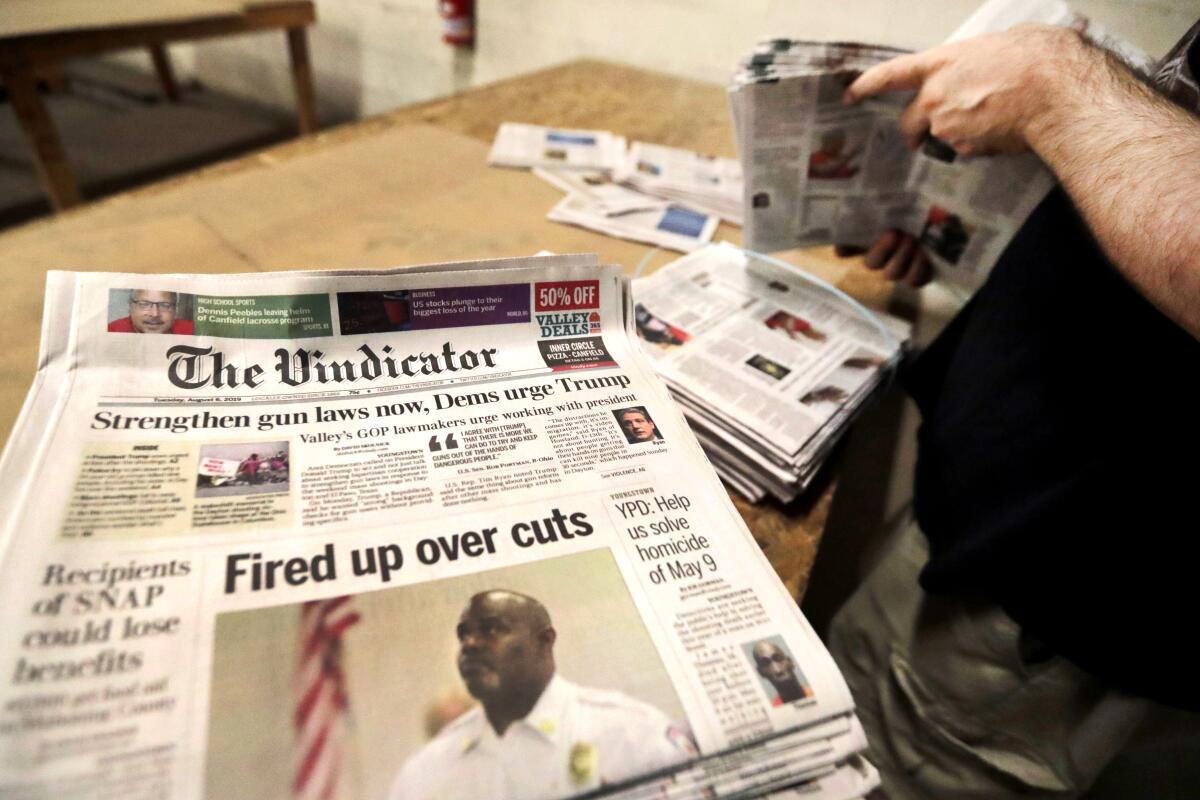Some Known Details About News Articles
Table of ContentsFacts About News Articles UncoveredNews Articles Things To Know Before You Get ThisNews Articles - The FactsThe 25-Second Trick For News ArticlesNews Articles Fundamentals Explained
Excellent knowledge of various subjects gives trainees an one-upmanship over their peers. Although digital and social media are easily accessible, we need to not fail to remember just how crucial it is to read the newspapers. Parents must try and instill the habit of checking out a newspaper as a day-to-day routine to continue the tradition of the adored print tool.Newspaper article likewise consist of a minimum of among the adhering to vital attributes about the desired target market: distance, prominence, timeliness, human passion, curiosity, or consequence. The relevant term journalese is occasionally used, generally pejoratively, to describe news-style writing. An additional is headlinese. Newspapers normally stick to an expository writing style.
Within these limitations, news stories likewise intend to be comprehensive. Among the bigger and extra recognized papers, justness and balance is a major factor in offering details.
Papers with a worldwide audience, for instance, have a tendency to utilize a more official design of composing. The certain choices made by an information electrical outlet's editor or content board are often accumulated in a design guide; typical style guides consist of the and the US Information Design Publication. The major objectives of information writing can be summarized by the ABCs of journalism: precision, brevity, and quality.
News Articles - The Facts
As a policy, reporters will not use a long word when a short one will do. News writers try to avoid using the exact same word a lot more than as soon as in a paragraph (occasionally called an "resemble" or "word mirror").
However, headlines in some cases omit the subject (e.g., "Leaps From Boat, Catches in Wheel") or verb (e.g., "Cat woman lucky"). A subhead (also subhed, sub-headline, subheading, subtitle, deck or dek) can be either a subservient title under the major heading, or the heading of a subsection of the article. It is a heading that comes before the primary text, or a team of paragraphs of the primary text.

Additional billboards of any of these types might show up later in the write-up (especially on succeeding pages) to entice more reading. Such signboards are likewise used as guidelines to the post in other sections of the magazine or website, or as advertisements for the item in other magazine or sites. Typical framework with title, lead paragraph (summary in strong), other paragraphs (information) and get in touch with information.

Instance of a hard-lead paragraph NASA is recommending another space job. The firm's spending plan demand, introduced today, included a strategy to send out one more objective to the Moon. This time around the agency intends to establish a long-lasting facility as a jumping-off place for various other room journeys. The spending plan demands roughly $10 billion for the project.
An "off-lead" is the second most important front web page news of the day. To "hide the lead" is to begin the write-up with background information or information of secondary relevance to the readers, compeling them to check out more deeply right into an article than they need to have to in order to discover the essential factors.
What Does News Articles Mean?
Typical use is that or 2 sentences each develop their very own paragraph. Reporters normally explain the organization or framework of a newspaper article as an inverted pyramid. The crucial and most fascinating aspects of a tale are placed at the start, with sustaining details following in order of reducing relevance.
It allows individuals to discover a subject to just the deepness that their interest takes them, and without the imposition of details or nuances that they might take into consideration irrelevant, yet still making that information available to much more interested visitors. The inverted pyramid structure additionally makes it possible for write-ups to be cut to any kind of approximate size throughout design, to fit in the area available.
Some writers start their tales with the "1-2-3 lead", yet there are numerous kinds of lead offered. A kicker can refer to numerous points: The last tale in the news broadcast; a "pleased" story to end the show.
Longer posts, such as magazine cover write-ups and the pieces that lead the within sections of a paper, are known as. Attribute stories vary from straight information in numerous methods.
See This Report about News Articles
The reporter frequently information interactions with interview topics, making the item extra personal. An attribute's first paragraphs typically helpful hints connect an interesting moment or occasion, as in an "unscientific lead". From the details of a person or episode, its sight promptly broadens to generalizations about the story's topic. The section that signifies what an attribute has find more info to do with is called the or billboard.

The Editor's Toolbox: A Referral Overview for Beginners and Professionals (2001) Allan M. Siegal and William G. Connolly. The New York Times Manual of Design and Usage: The Authorities Style Overview Utilized by the Writers and Editors of the Globe's A lot of Authoritative Paper (2002) M. L. Stein, Susan Paterno, and R.